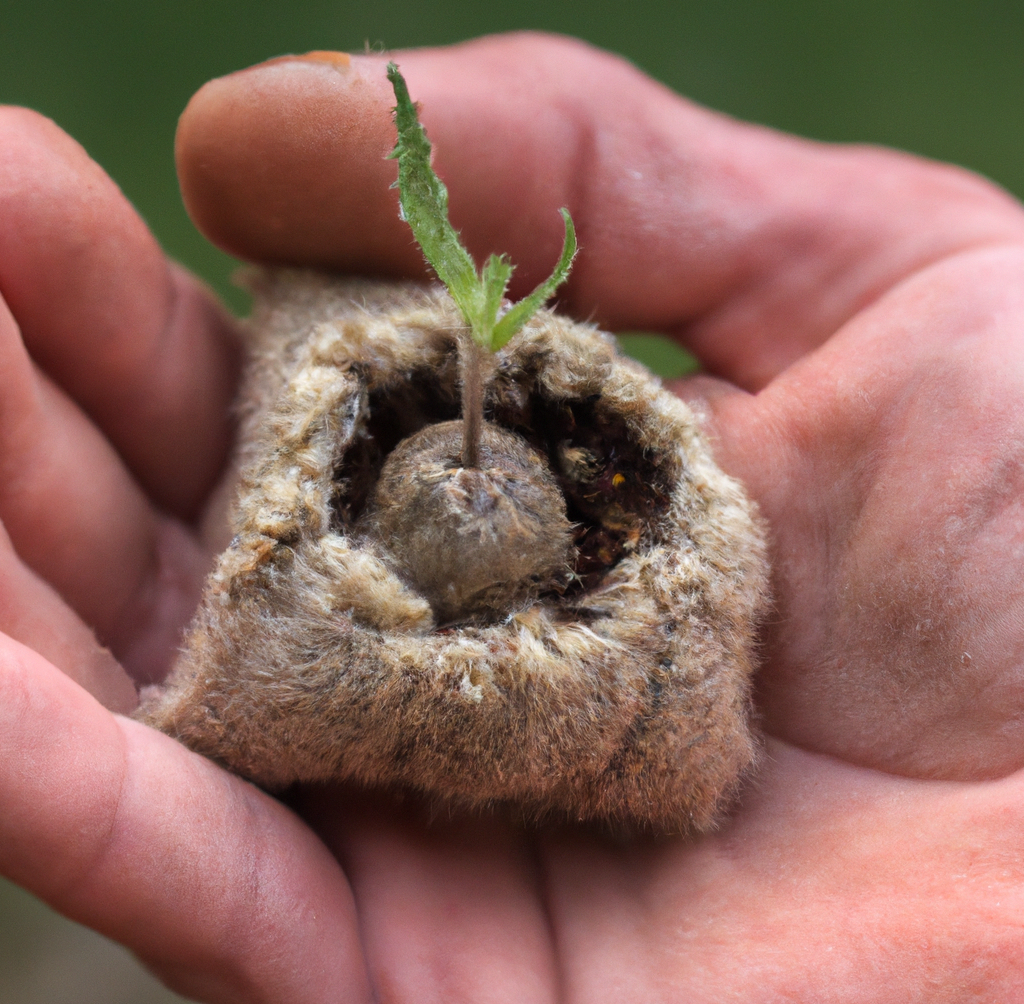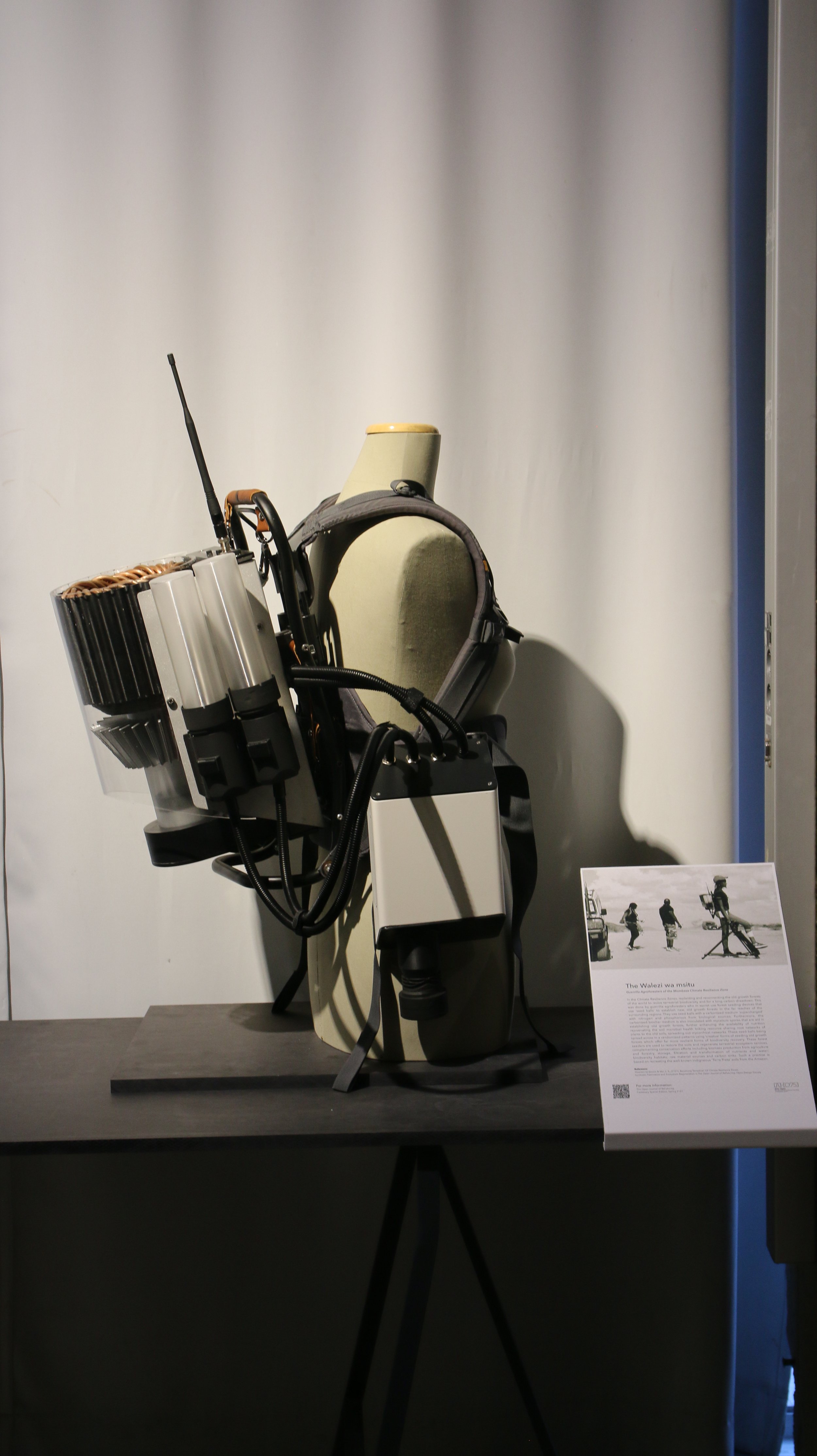Guerilla agroforesters gathering to embark on establishing the Mombasa Climate Resili-ence Zone (2064).
Climate Resilience Zones (CRZs) first emerged in Mombasa as practiced by guerrilla agroforesters called the The Walezi Wa Msitu. They use forest seeding devices that make ‘seed balls’ that use a carbonized biochar medium ‘supercharged’ with biologically sourced nitrogen and phosphorous and inoculated with selective mycelium spores native to old-growth forests. The mycelium aids in re-establishing healthy root-soil microbial relations, enhancing the availability of nutrition, and rejuvenating the soil microbial health for these old growths to flourish. These seeding operations are spread in randomized patterns using ‘creative’ and resilient forms of seeding old-growth forests for faster biodiversity recovery with the forest seeders. Over time, these CRZs regenerate the terrestrial ecosystems, complementing conservation efforts, including biomass production from agriculture and forestry, storage, filtration, and transformation of nutrients and water, biodiversity habitats, ecologically sourced material resources, and carbon sinks for a long carbon drawdown. On a long enough timeline and with its global reach, the development of CRZs starts to blend into each other, eventually transforming into Pan-Indigenous Autonomous Zones.
Read More: Page 54 of Chapter 2, Becoming Terrestrial: Of Climate Resilience Zones, Symbiotic Fabrication and Ecosystem Regeneration in The Open Journal of ReFuturing (2131).




